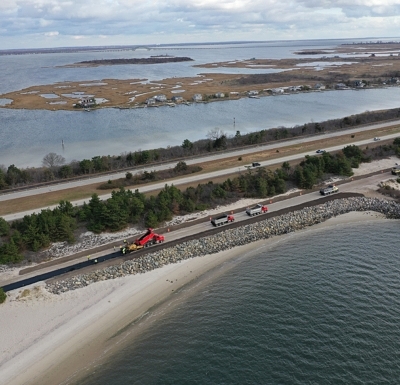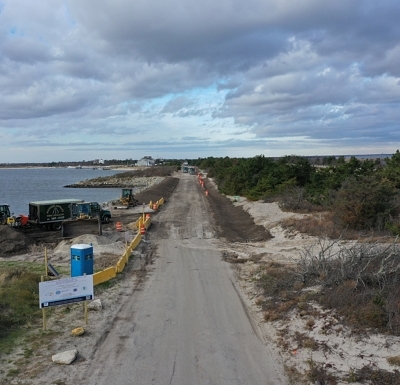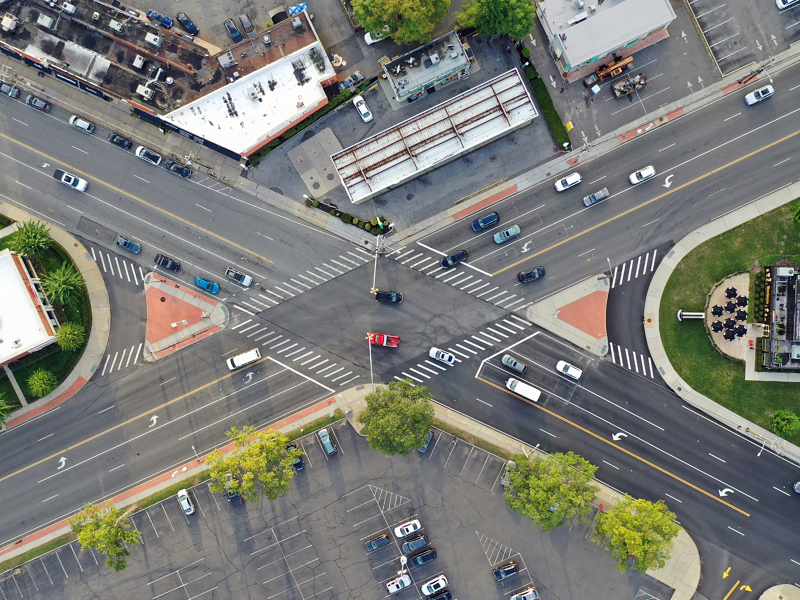Shoreline Stabilization & Roadway Improvement
Project Location: Town of Babylon
Client: Town of Babylon
In 2012 Superstorm Sandy overwhelmed Long Island’s south shore stormwater drainage systems. Floodwaters inundated roadways, homes, schools, Municipal buildings, and businesses and made streets impassable and areas unusable. Municipalities were eligible for US Housing and Urban Development (HUD) Community Development Block Grant-Disaster Recovery (CDBG-DR) funding for disaster recovery projects.
The Town of Babylon Shoreline Stabilization and Roadway Improvement Project included in-depth coordination by Nelson Pope Voorhis, our environmental affiliate, with environmental agencies including New York State Department of State (DOS), United State Army Corps of Engineering (USACOE), and New York State Department of Environmental Conservation (NYSDEC). The project included measures to reduce erosion and scour of the shoreline and prevent the collapse of the roadway due to wave action of storm events such as hurricanes and Nor’easters. The roadway was raised and pitched towards the north directing runoff into a bioswale area in the vegetated shoulder. On the seaward side, a bulkhead was constructed above low tide that can be overtopped during normal tides. At the toe of the bulkhead, stones were placed to prevent scour. Landward of the bulkhead, wetland vegetation was planted in a sill that will aid in stabilizing the earth material below. These features will act as the first line of defense against erosion and scour of the shoreline by reducing wave energy and lessening the erosion due to wave action. Between the planted sill and the roadway, a stone revetment was constructed to prevent further erosion by absorbing the energy of the waves and reducing wave scour and rebound which are the major causes of erosion control structure failure. Between the revetment and the roadway, a vegetated berm secured with turf reinforcement matting was constructed that will provide stability in the event of storm surge overtopping. Along the edge of the roadway, a flush curb was installed to further stabilize the raised roadway.
Relevant Project Components:
- Wetland Delineation
- Topographic/Existing Conditions Survey and Mapping
- Inventory of Drainage Infrastructure
- Property Line Investigation to meet HUD Uniform Relocation Act requirements
- Army Corp, Department of State, Environmental Conservation and local municipal permits
- Stormwater Management and Tidal Backflow Treatments
- Preliminary and Final Design
- Construction Plans & Specifications
- Construction Costs Estimates
- Bid Phase Services
- Construction Oversight


































